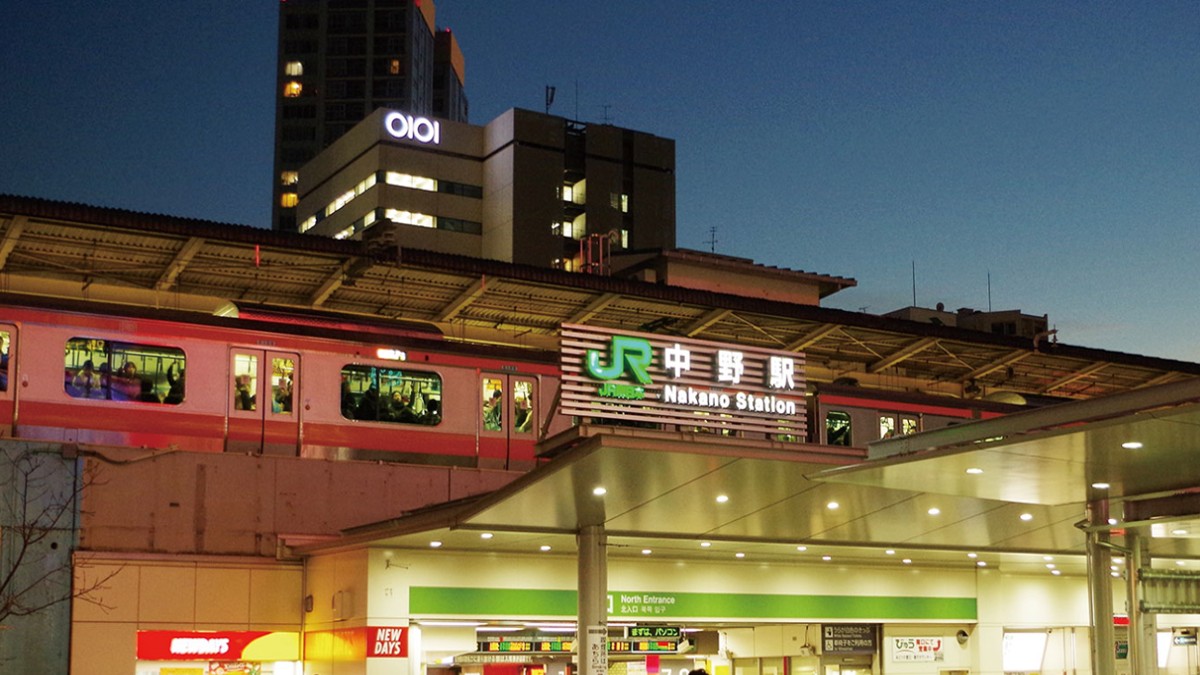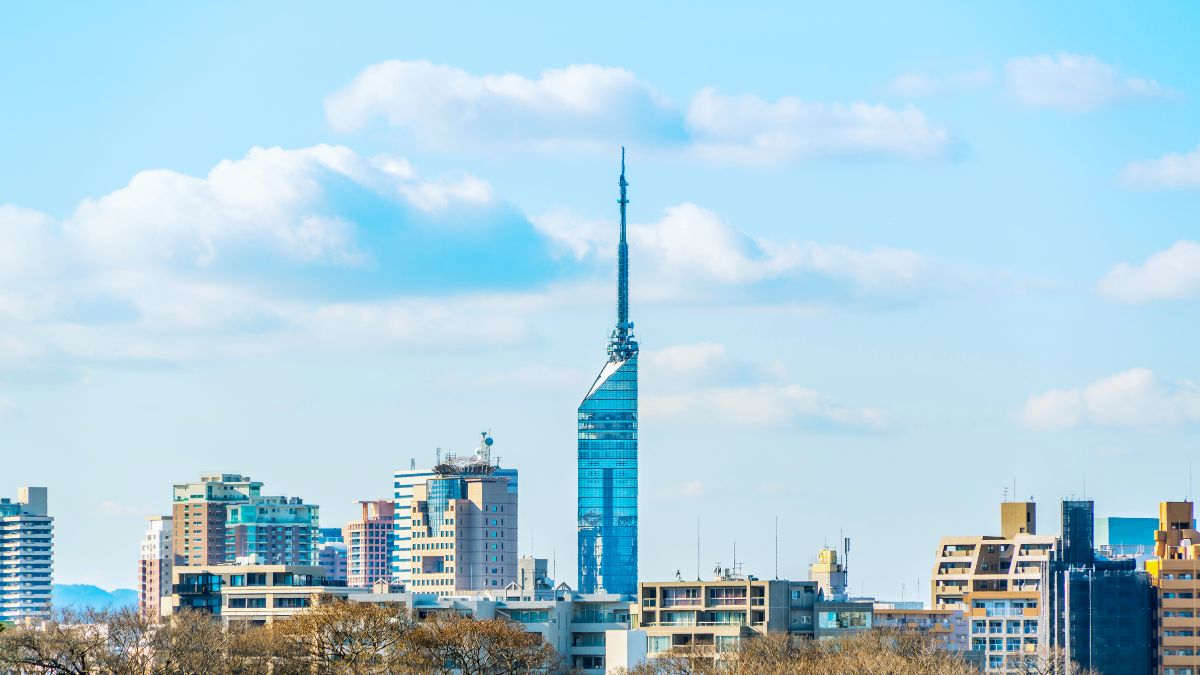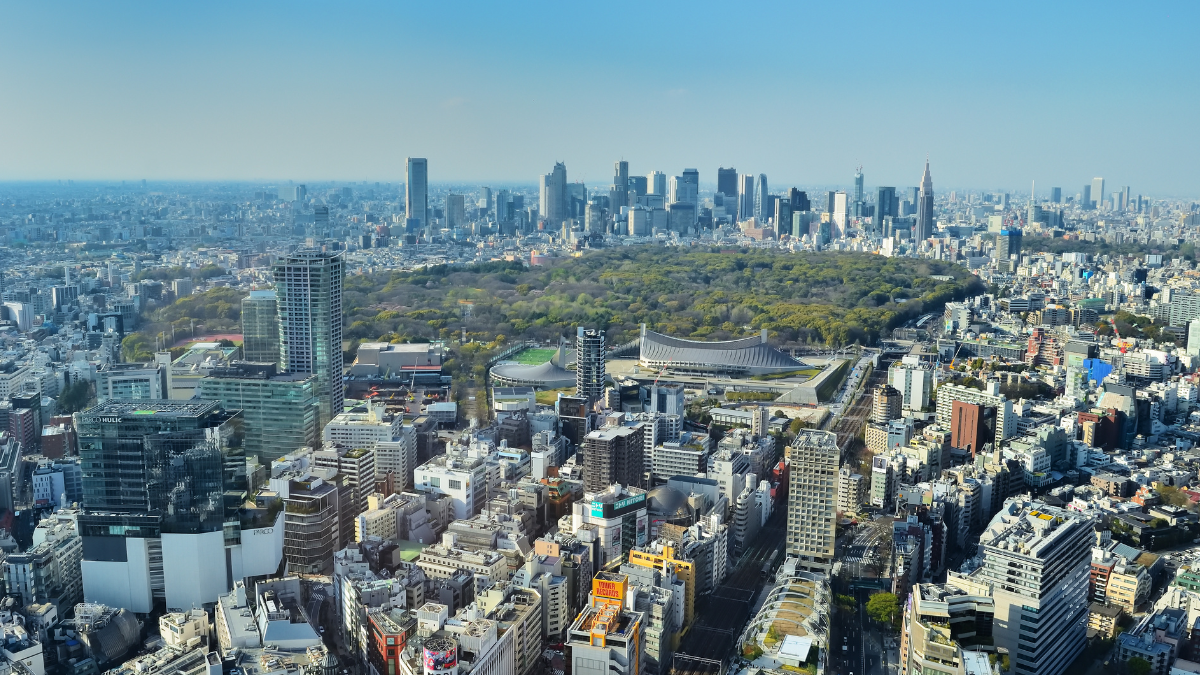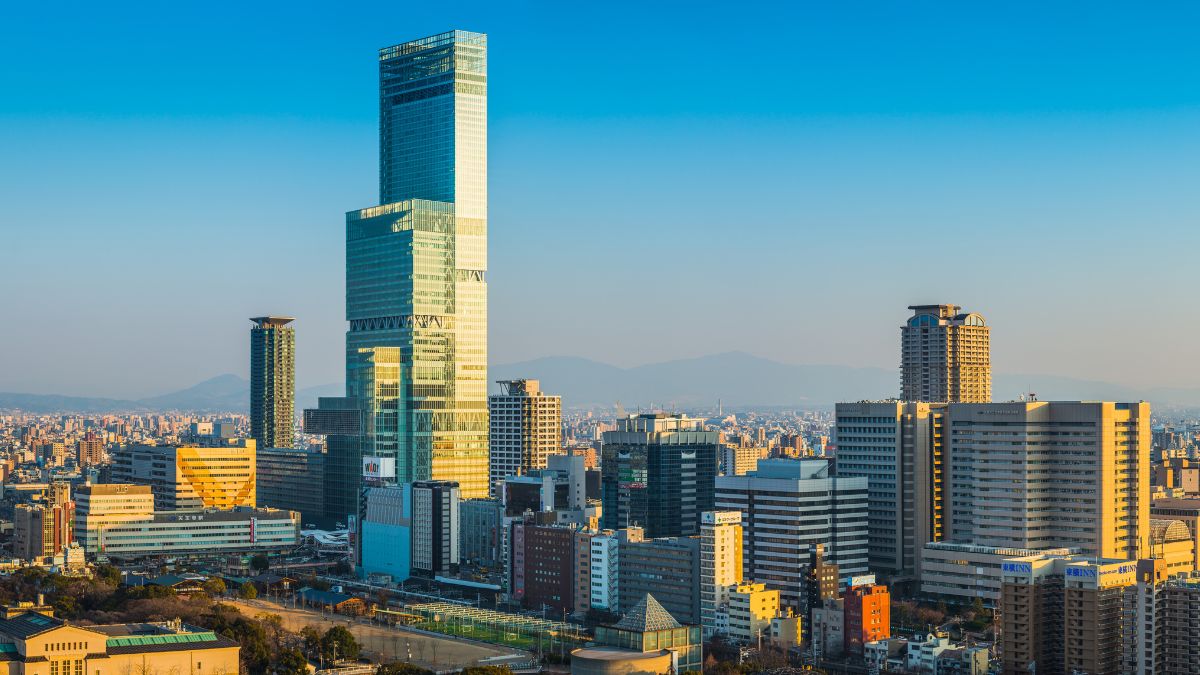2021.07.13
木材価格の高騰が日本の不動産市場にもたらす影響

U.S. lumber prices have been soaring amid the COVID-19 pandemic. The spot lumber price hit a record high of US$1,670/1,000 board feet in May 2021 (four-fold increase y-o-y). Millions of workers shifting to work from home and the low-interest-rate environment have fueled the housing boom in the U.S. The imbalance between supply and demand has caused lumber prices to soar. Although the prices have dropped in July, they are still about twice the level of the same period last year.

In Japan, most of the lumber used in building houses is imported from North America and Europe. According to the data released by the Ministry of Forestry, Japan’s lumber self-sufficiency rate is about 40%, the Ministry of Forestry’s data show. In other words, about 60% are imported from abroad. The shortage of imported lumber from abroad spurs the demand for domestic lumber. However, the domestic supply cannot keep up with the sudden increase in demand, resulting in a sharp rise in domestic timber prices. According to the statistics from the Ministry of Agriculture, Forestry and Fisheries, in June 2021 the price of cedar lumber after cutting is JPY70,100/㎥, an increase of 12.2% year-on-year, while the price of raw cedar wood surged approximately 51% year-on-year to JPY17,500/㎥.
目次
Soaring Lumber Prices May Drive Demand for Existing Single-family Houses in Japan
According to the National Association of Home Builders, the surge in lumber prices has added US$35,872 to the price of an average new single-family home and nearly US$13,000 to the market value of an average new multi family home in the U.S. as of April 2021.
As single-family houses in Japan are mainly built of lumber, the soaring prices and shortage of lumber will likely cause the price of newly built single-family houses to rise and their supply will likely decrease. Therefore, the demand for single-family houses may shift to the existing market, resulting in the price rise of existing single-family houses.
According to data provided by Real Estate Information Network for East Japan, the price of newly built single-family houses in 2020 (from April 2020 to March 2021) increased by about 3% year-on-year, which is the first increase in 4 years. The price of existing single-family houses has been steadily increasing for 8 consecutive years, up by about 2% in 2020. In terms of transaction volume, the newly built segment fell slightly by about 1%, while the existing segment recorded an increase of about 8%.


The Impact May Spread to Other Housing Types if Lumber Shortage Continues
The size of a transacted single-family house is about 100 sqm, and the flat is about 60 sqm. Regardless of the housing size, the transaction price of existing flats has been rising since 2013. It reached JPY36.68 million in 2020, which surpassed the JPY35.75 million of newly built single-family houses. Considering the size is relatively small and the price is not significantly cheaper, the people who have a demand for single-family houses may not likely switch to purchasing flats. Indeed, the actual situation depends on the price of individual property which depends on its age and location, etc. Therefore, if the lumber shortage continues and the insufficient supply in the single-family house market worsens, we cannot rule out the possibility that the demand for single-family houses will switch to flats.

The impact of soaring lumber prices this time undoubtedly highlighted the importance of Japan’s domestic lumber self-sufficiency, raising concern on tackling the forest maintenance issue and insufficient domestic wood supply. We look forward to the domestic forestry development that can effectively reduce the impact of lumber prices on the housing market.
—
WealthPark is a real estate technology company that provides online and offline asset management services for overseas investors with properties in major cities of Japan, including Tokyo, Osaka, Yokohama, Nagoya, Kyoto, Fukuoka, and Sapporo.
WealthPark partners with real estate brokers and technology companies in order to provide
investors with comprehensive asset management and property transaction services.
WealthPark will continue to expand its digital platform to create and improve user experience.
Contact Us: https://wealth-park.com/en/corporate/contact/wp-am/
Homepage: https://wealth-park.com/en/





